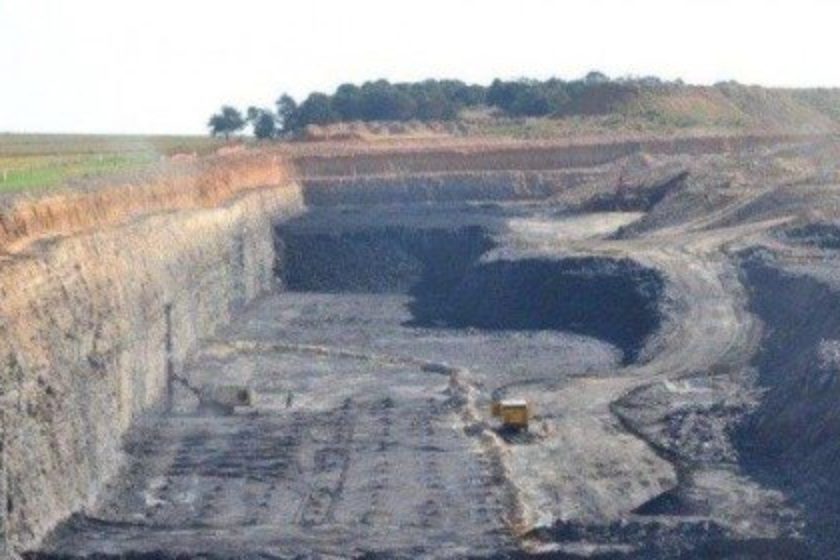Two of some of the leading multinational mining companies operating in Zambia, Africa’s leading copper producer, have found a niche for their investment and have this year increased mineral production and also increased their earnings.
First Quantum Minerals Limited, the Australian listed and diversified miner, with operations in Zambia at Kansanshi and the new ‘Greenfield’ US$2 billion Kalumbila Mine in north western province increased its copper production by four percent during the last three months to 30 June this year to 107,808 tons compared to 103.694 tons three months prior.
Copper sales per ton rose over 10 percent to US$114,449 against US$95,491 during three months ending 30 June this year at Kansanshi mine in Zambia as the cash cost of copper production per pound also increased to US$1.45 against an earlier US$1.34 three months earlier.
Nickel production in contained tons dropped to 10,651 against 11,927 three months earlier, although realized copper prices/per pound rose to US$12,223 against US$10,875 recorded three months prior to 30 June, the company said.
Gold sales rose US$60,135 against US$59,381 during the three months to 30 June this year while gold production dropped 60,723 ounces against 63,567 ounces three months prior to the period under review, it said in its report.
Sales revenues increased to US$945.1 million against US$869.3 million during the three months ending 30 June with gross profit rising to US$293 million against US$201.1 million.
Expected group production has been revised to be between 418,000 and 444,000 tons of copper, 45,000 and 48,000 tons for nickel, 221,000 tons and 242,000 tons for gold between 55,000 and 60,000 tons for Zinc respectively.
It has revised its capital expenditure for the group at US$2.4 billion from an initial US$2.2 billion, excluding capitalization of any pre-commercial production and capitalized interest.
Metorex Minerals Ltd. achieved a turnover of US$60.4 million at its owners Chibuluma Mine in Zambia during the six months ending 30 June this year as profit before tax re declined to US$14,490 at the end of the six months ending 30 June this year from US$15,888 recorded a year earlier.
Despite recording an increased production of the red metal to five percent, turnover for the company during its operations over six months remained flat chiefly on account of reduction in average copper price.
At 30 June, this year, Metorex Ltd’s Chibuluma mine spent US$3.8 million on development of its ‘Greenfield’ Chifupu copper project on the outskirts and south of Kalulushi on the Copperbelt, intended to extend the mine lifespan to the year 2020 from the estimated 2017.
To boost mine operations and increase copper outturn Metorex Mining, the owners of the Chibuluma mine have approved about US$24 million to be spent on the development phase of the Chifupu project and ensure it is done as scheduled, says Eustus Munsaka, Metorex’s Chief Financial Officer in his report.
During the period the company paid US$5.882 million to shareholders in interim dividends.
First Quantum Minerals and Metorex are among the multinational miners that emerged into Zambia after the privatization of the mining conglomerate-Zambia Consolidated Copper Mines (ZCCM) in the late 1990s as Zambia sought to promote private sector ownership of the mines in the copper-rich country.
Since the privatization of the mines, an investment of US$8 billion has been ploughed into the mines with copper production projected to rise to 1.5 million tons by next year and later rise to over 5 million tons by 2022, according to projections by the chamber of mines of Zambia, basing on the oncoming projects at various mining companies in the country.
Source: Mining News Zambia




